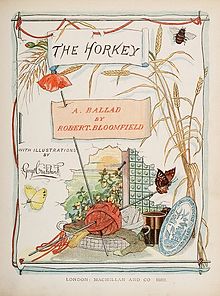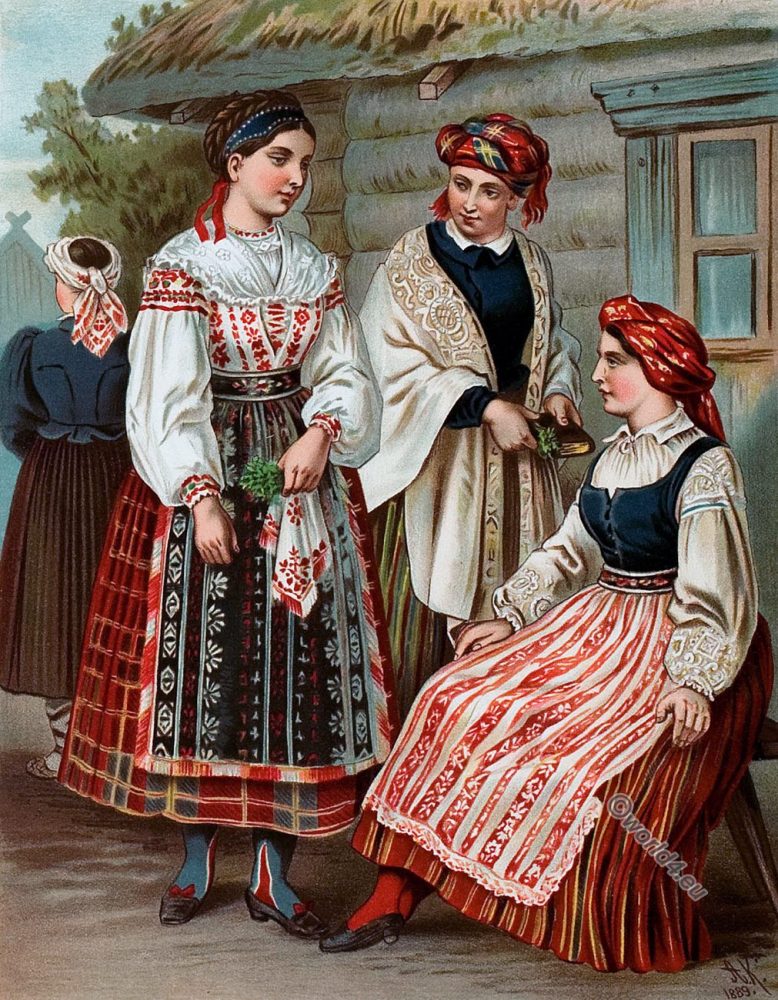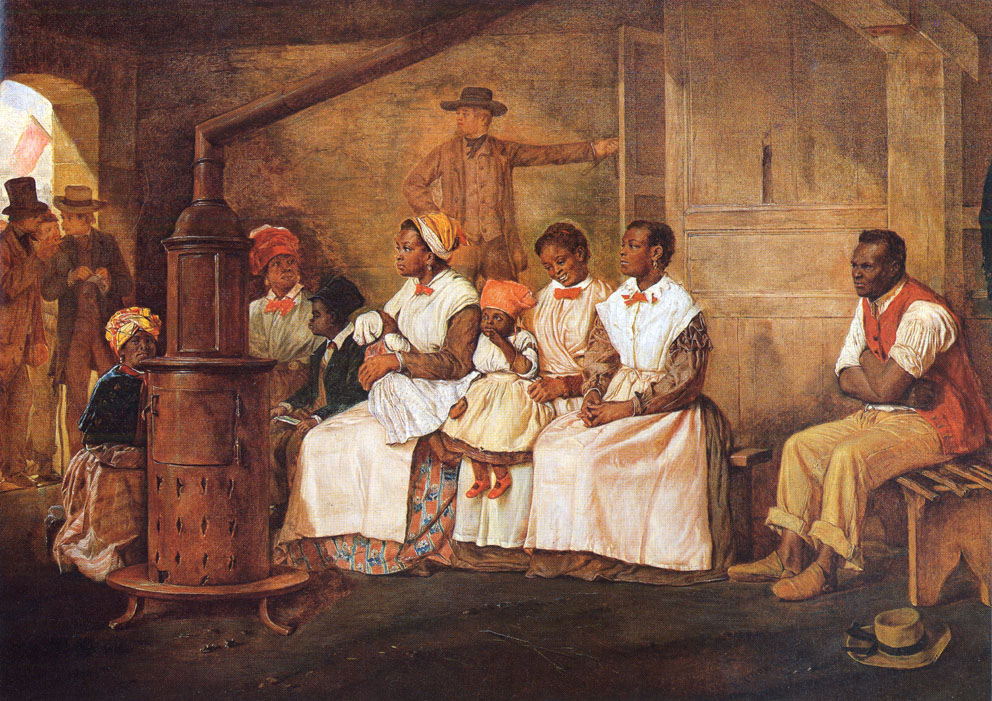Reference




OpenAI's Answer
The Horkey was a traditional rural English custom celebrated at the end of the wheat harvest. Its survivals and revivals in the 20th century can be attributed to several factors:
-
Nostalgia and Cultural Preservation: There was a strong desire to preserve cultural heritage and rural traditions, especially during times of rapid modernization and urbanization. People longed for the simpler, communal lifestyles of the past, and reviving such customs tapped into this sentimental value.
-
Regenerative Social Functions: The Horkey, like other traditional customs, provided a sense of community and continuity. These gatherings reinforced social bonds and communal identity, which were important in maintaining social cohesion in both rural and urbanizing societies.
-
Folklore and Romanticism: The late 19th and early 20th centuries saw a revival of interest in folklore and the romanticism of rural life. This cultural movement celebrated the oral traditions and customs that were being lost to industrialization.
-
Literary and Artistic Interest: Works from poets and writers who depicted the rural customs in their art also played a role. These works captured public imagination and created renewed interest in reviving these traditions.
According to the Wikipedia entry on Horkey:
"The scene is distanced, much as the poet himself presents it, as a piece of folklore. But there were still survivals of the custom, and even revivals ..."
These factors collectively contributed to the survival and revival of the Horkey custom well into the 20th century.

For more details, you can visit the Wikipedia page on Horkey.
Follow Up
Related
Where did the Morris Men revive the Horkey tradition at the end of the 20th century?
How did the Bengal Renaissance influence literature, art, and education?
How did the political landscape of South Carolina shift during the 20th century?
Which awards did The Front Line win at the 20th Buil Film Awards?